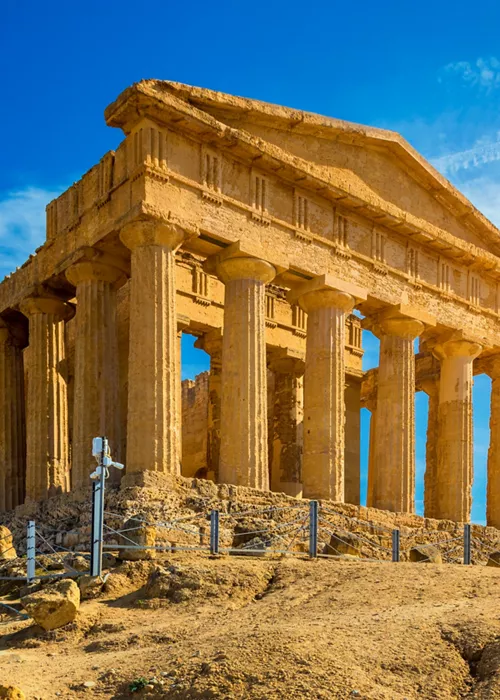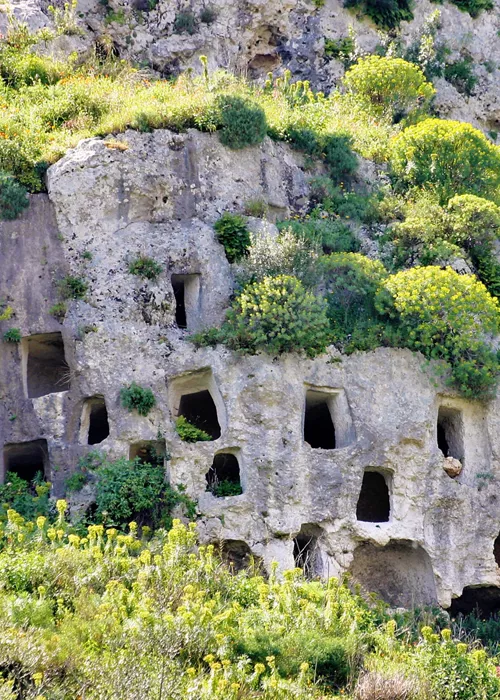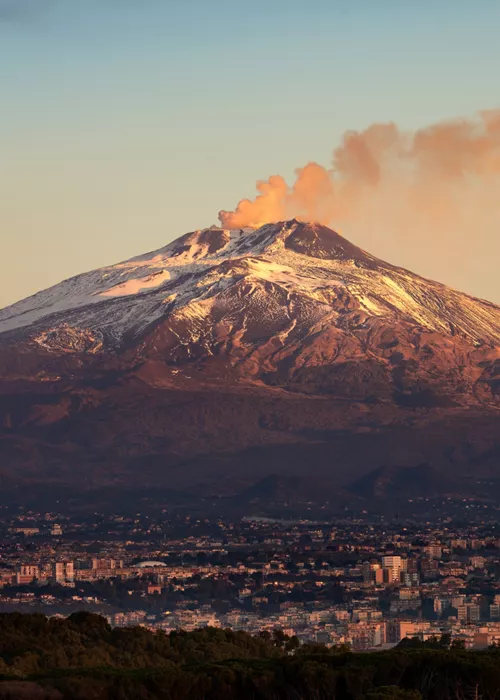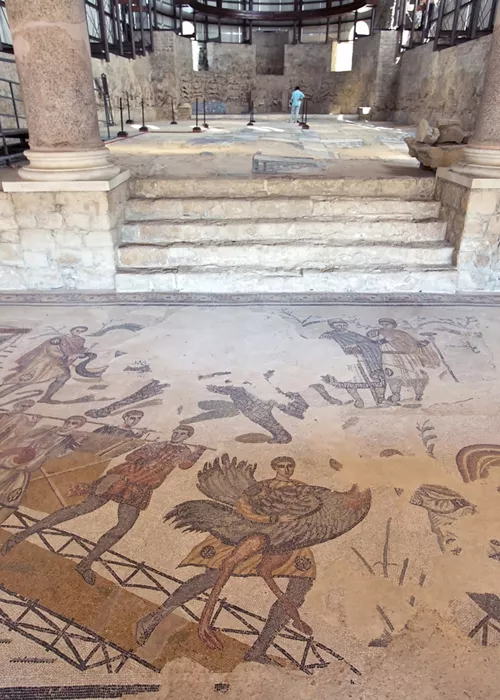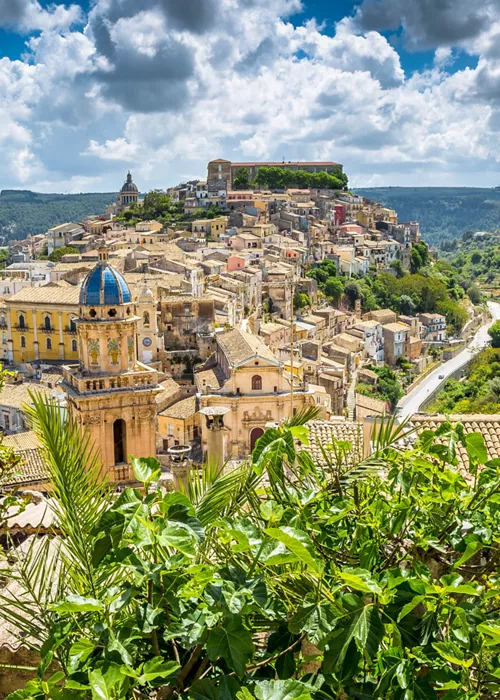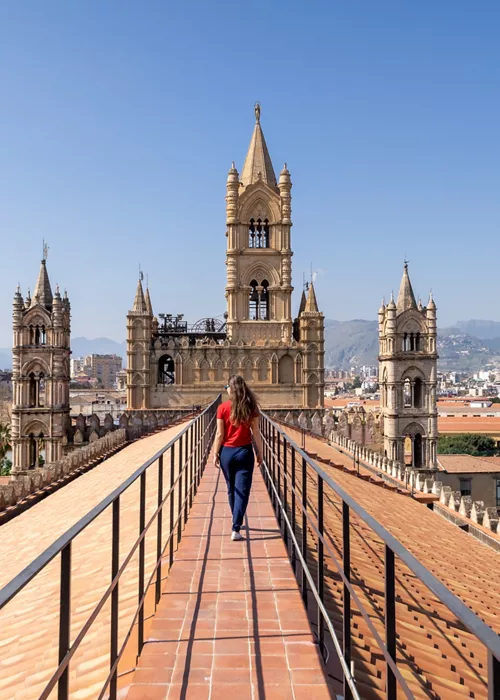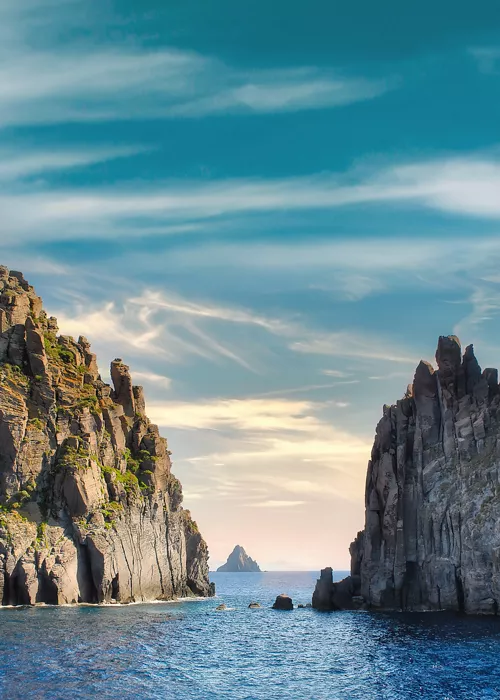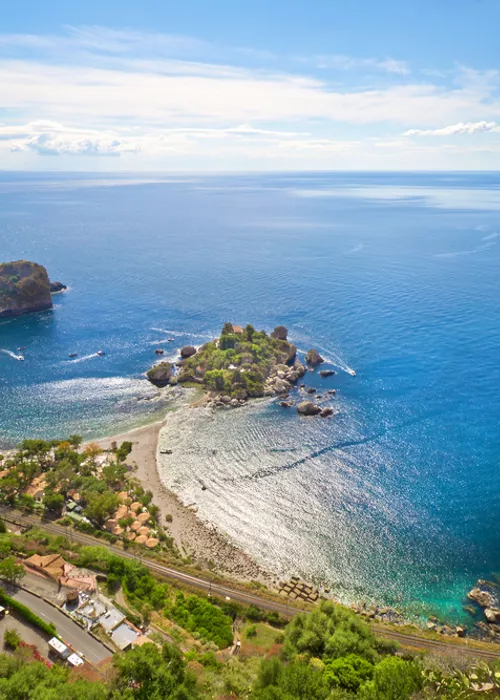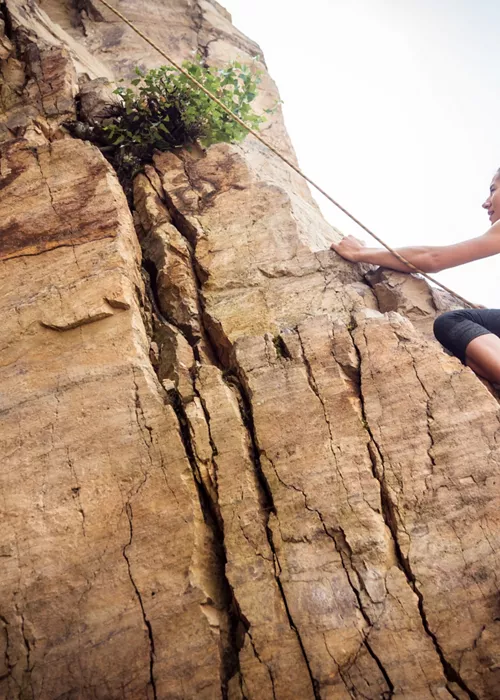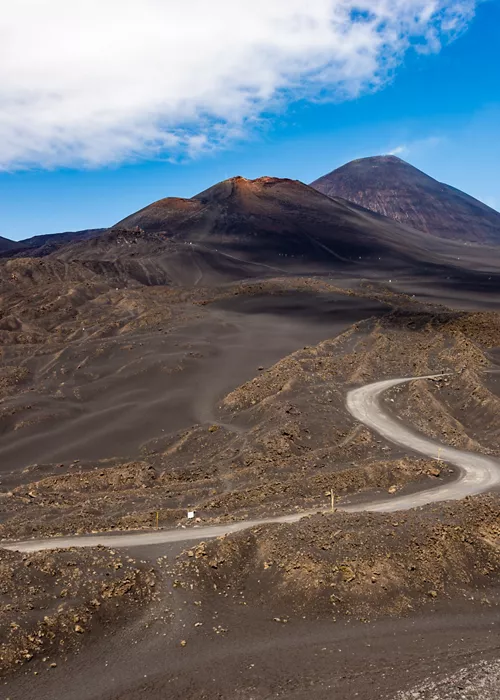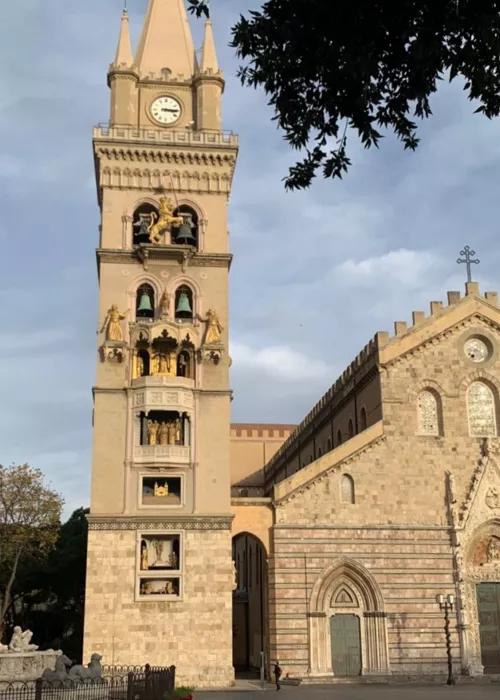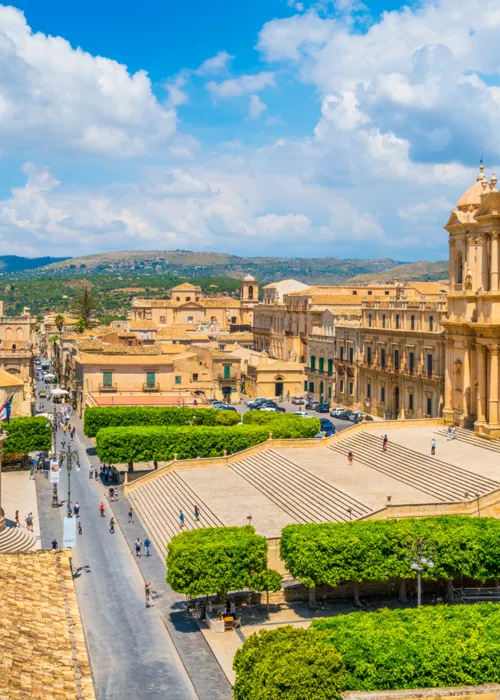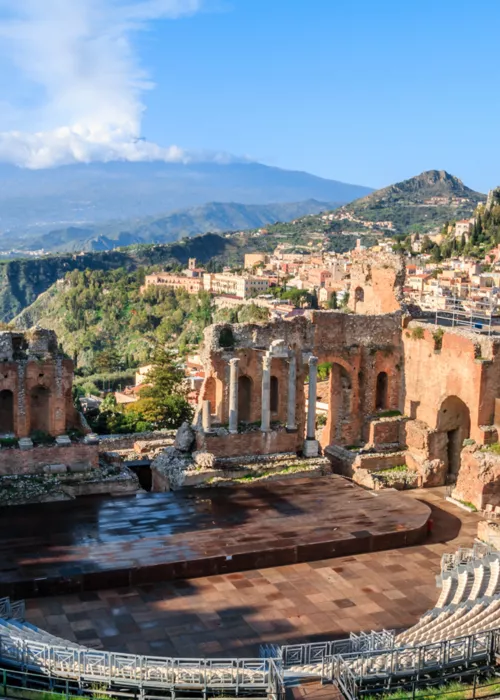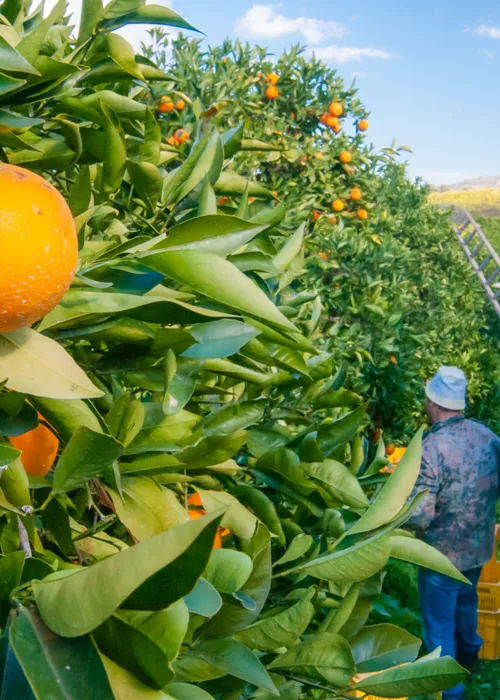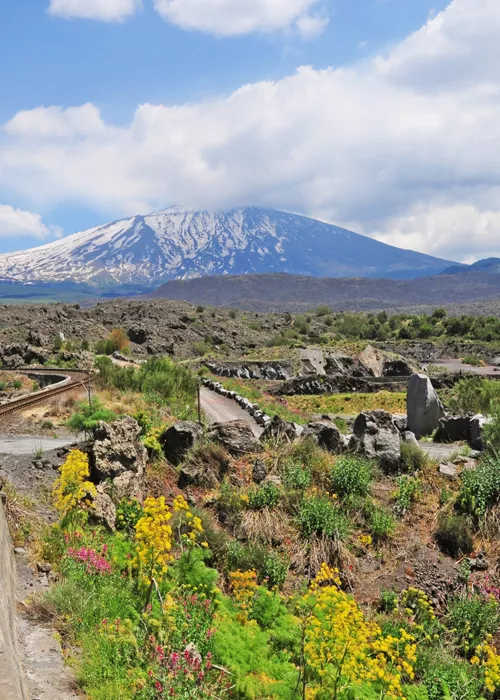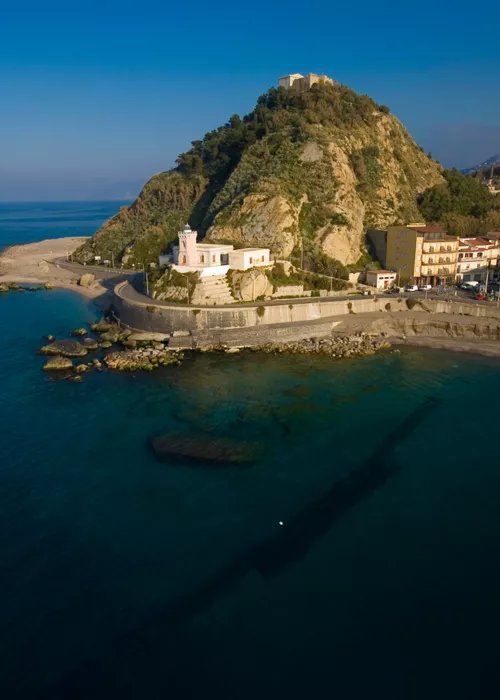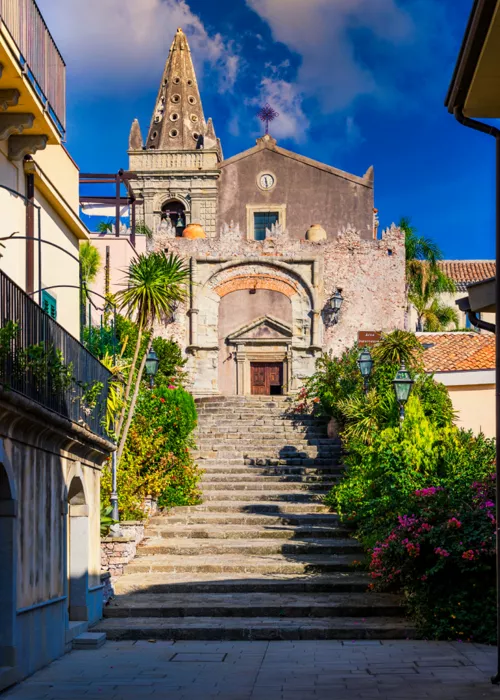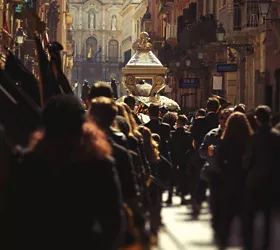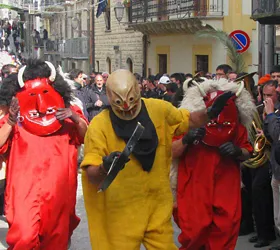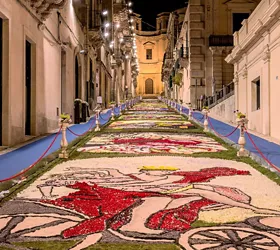In the midst of a powerful and wild, enthralling and wonderful nature, among olive, almond and carob trees, on a plateau not far from the sea, appear the majestic and scenic Greek temples of Agrigento, declared a UNESCO World Heritage Site and a popular destination for international tourism. The great scholar and philosopher Wolfgang Goethe wrote in his 'Italian Journey': "One's gaze sweeps over the great cliff of the ancient city, all gardens and vineyards... towards the southern end of this verdant and flowering plateau one sees the Temple of Concordia rising, while to the east stand the few ruins of the Temple of Juno". In fact, the archaeological area is divided into an eastern sector, with the temples of Juno (attributed)Concordia and Hercules, and a western sector, with the temples of Olympian Jupiter and the Dioscuri and the garden of the Kolymbethra,all crossed by the Via Crispi, which connects the city to the coast, but joined today by a bridge built within the same archaeological area. This archaeological site can be accessed by car, but also by train, from Agrigento Central Station, aboard the historic winding tracks of the Temples Tourist Railway.
The temple dedicated to Hera Lacinia, or Juno, is in a panoramic position on the hill; of its thirty-four columns, twenty-five withstood arson in 406 BC at the hands of the Carthaginians and a subsequent earthquake during the Middle Ages. A short distance away, the most famous Temple of Concord which, with its 34 mighty columns, almost 7 metres high and with a diameter at the base of no less than 127 centimetres, brings to mind the Parthenon in Athens, and is one of the most perfect and best-preserved works of Doric architecture, thanks to its transformation into a Christian church, towards the end of the 6th century A.D., dedicated first to St Peter and St Paul, then to the cult of St Gregory. This transformation involved the closing of the intercolumniums and the opening of round arches in the cell walls, which are still visible today. In 1748, it was removed from worship and restored to its primitive form. Opposite, there is the statue of Icarus the fallen, a modern bronze work donated to the archaeological park in 2011 by Polish artist Igor Mitoraj. The story goes that the young Icarus, disobeying his father Daedalus, tried to fly too close to the sun, so he burnt his wax wings and died falling into the Mediterranean Sea.
The archaeological walk continues until it meets the Villa Aurea surrounded by a lush garden with typical Mediterranean vegetation, and then to the ruins of the temple of Hercules, which stands in a scenic position at the edge of the eastern area. It is perhaps the most archaic, dating from the 6th century B.C., as revealed by the elongated shape of its plan and the reduced vertical thrust of its columns, which were 38 originally, but today eight remain, of which only four have capitals.
The Temple of Olympian Jupiter lacking raised columns, with statues lying dormant, it was designed to be one of the largest buildings in Greek architecture (112.60 metres x 56.30 metres). It was built after 480-470 BC by Carthaginian prisoners from Hymera, but was never finished and was later destroyed in wars and earthquakes. The columns, in whose grooves a man could fit, were at least 17 metres high, with a diameter of over four metres. The special features of the temple were telamones colossal human figures almost 8 metres high, made of stone ashlars, which served to support and decorate the building.
As we continue, here comes the shrine of Demeter and Kore (6th-5th century BC) and, then, the temple of Castor and Pollux, the Dioscuri: the four surviving columns of the temple have become one of the symbols of Agrigento, perhaps because of their consonance with the romantic feeling of the ruins. Erected towards the end of the 5th century B.C., the temple, with a hexastyle peripteral plan - with 6 columns at the front -, measuring 38.69 metres × 16.63 metres, with 34 columns, was severely damaged by the Carthaginian sack. Restored in Hellenistic forms, it was ruined by one of the many earthquakes of the past and, in 1832, was partially rebuilt with the reuse of materials from other temples. Finally, in the small valley between the temple of the Dioscuri and the remains of the temple of Vulcan, there is the Kolymbetra Garden, five hectares of delightful garden between tuff walls: lemons, grapefruit, mandarins and citrons coexist in perfect symbiosis with olive, almond, pistachio, carob, pomegranate and prickly pear trees, and willows, reeds and poplars, at the edge of an inland stream.




